It’s almost that time of year, when all your hard work and care that has gone into raising your bees pays off in a sweet way, and you’re able to harvest some of the honey they’ve produced. Honey is pretty special. Did you know it’s the only substance produced by an insect that humans consume? It never expires and never goes bad. It has antimicrobial properties and can be used in a face wash to help clear up acne, and can be used as an antiseptic on cuts, burns and scrapes. If this is your very first year keeping bees, you won’t want to harvest your honey just yet. The bees will need all their honey stores to get them through their first winter. Since pollen and nectar will be unavailable during the winter, the bees will eat through their honey to keep them alive over the winter, which is why it’s critical to always leave enough honey in your hive, even if you’re an experienced beekeeper. You never want to harvest every last drop, or you bees will starve over the winter. If you’re in your second year (or more) of beekeeping, you’ll want to get ready to harvest your honey soon. Late summer is the ideal time to begin the honey harvest. So how, exactly, do you get the honey OUT of the hive? It’s a fairly simple process as long as you have the right tools. We’ve outlined the steps below and highlighted a few tools of the trade. To see a honey extraction in process, click here. For more information on honey extraction, check out our How To Video.
-
Step 1: Remove your honey super and bring it inside, where the bees can’t get to it. When you’re outside, gently brush any bees off with a soft bee brush
-
Step 2: Once inside, one by one, remove each frame of capped honey from the super
-
Step 3: Use an uncapping knife to remove the wax cappings
-
Step 4: Use an uncapping scratcher fork to remove any remaining cappings, or those missed by your uncapping knife
-
Step 5: When you’ve uncapped both sides of your frame, place it vertically in your extractor and begin to crank. Make sure you have your bucket with honey filter/strainer set up below your extractor’s honey gate
-
Step 6: After a few minutes of cranking, you can check your frames and one side should be clear of honey. Remove and flip the frame to get honey extracted from the other side of the frame.
-
Step 7: The honey will flow out of your extractor and into your strainer, then into the bucket below. And it’s ready to be bottled!
Tools of the trade when it comes to extracting honey
To learn more about beekeeping and honey, click here to download our FREE Little Giant flip-and-turn Guide to Beekeeping/Guide to Honey.











